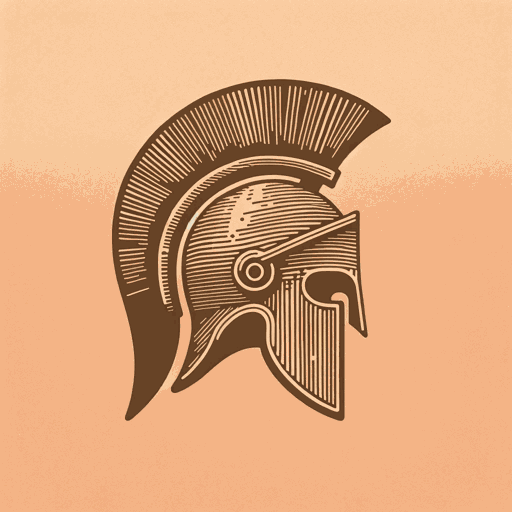39 pages • 1 hour read
Barry StraussThe Trojan War: A New History
Nonfiction | Book | Adult | Published in 2006A modern alternative to SparkNotes and CliffsNotes, SuperSummary offers high-quality Study Guides with detailed chapter summaries and analysis of major themes, characters, and more.
Symbols & Motifs
The Trojan Horse
Synonymous with deception, the famed Trojan Horse may have been purely symbolic of the ingenuity of the Greek invaders. Alternately, it may have really existed in some form, whether it be as a gift between leaders or a metonym for entrance into the city through a particular entrance point or stratagem. The Trojan Horse is symbolic of the Greek’s deceptiveness in Homer, in the same way that Odysseus escapes the Cyclops’ cave dressed as a sheep in the Odyssey.
The mystery that surrounds its existence or not in modern scholarship is a further, figurative Trojan Horse. In fact, the Trojan Horse can be seen as a symbol of one of historians’ main problems: that history is first and foremost a story that is told by the victors. Largely, it is Homer’s sensitivity to the enigmatic nature of symbols and the paradoxes of writing history that is responsible for inscribing the Iliad and Odyssey among the pantheon of literature’s greatest works.
Helen
Helen, whose “face launched a thousand ships,” according to the Homeric tale, is more accurately imagined as a pawn in a complex power struggle. Her intrinsic value is conflated with the value of her dowry and dominion over Sparta in Homer.

